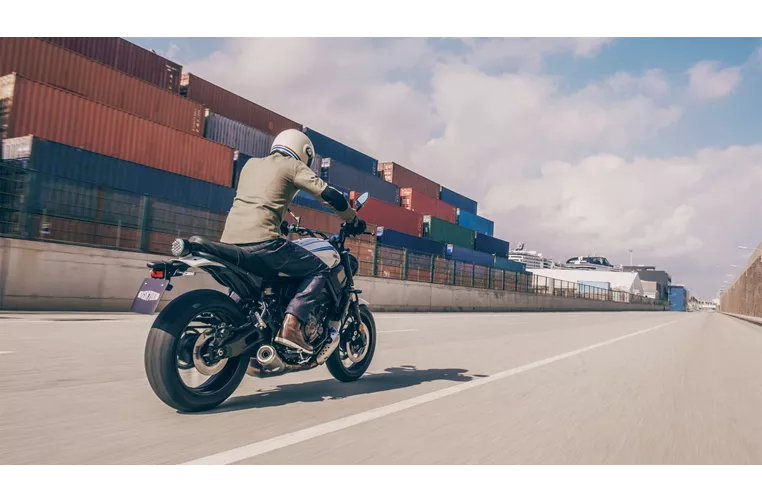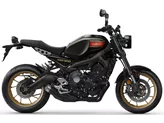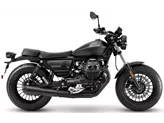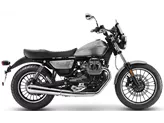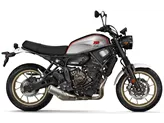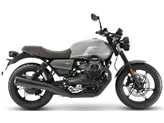Yamaha XSR700 2022 vs. Moto Guzzi V9 Bobber 2018
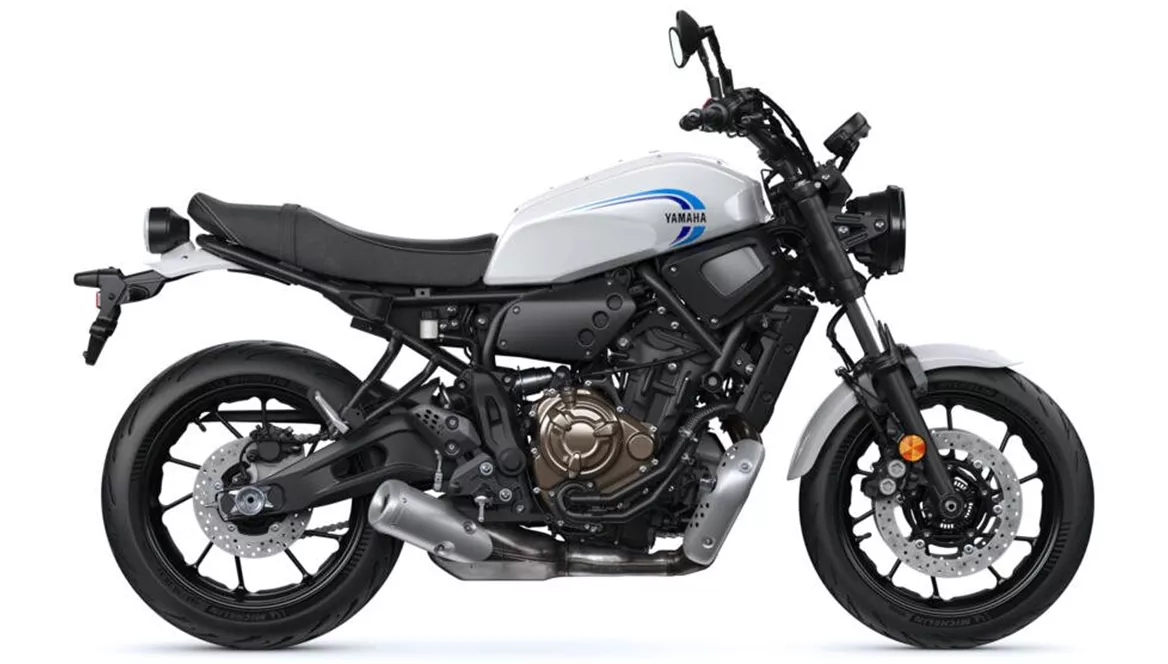
Yamaha XSR700 2022

Moto Guzzi V9 Bobber 2018
Overview - Yamaha XSR700 2022 vs Moto Guzzi V9 Bobber 2018
The Yamaha XSR700 2022 and the Moto Guzzi V9 Bobber 2018 are both naked bikes with unique features and characteristics.
Starting with the Yamaha XSR700 2022, it boasts a successful design that combines retro and modern elements, making it visually appealing. It is equipped with a proven CP2 engine that delivers 73.4 HP of power and 67 Nm of torque. The fuel system is injection-based, and the bike has a 689ccm displacement. The engine is cooled by a liquid system, ensuring optimal performance.
In terms of suspension, the XSR700 features a telescopic fork at the front and a swing arm with a monoshock at the rear. The frame is made of steel, providing stability and durability. The braking system consists of double disk brakes at the front with a diameter of 298 mm and four pistons for enhanced stopping power. The bike also comes with ABS as an advanced rider assistance system, ensuring safe braking in various conditions.
The dimensions and weights of the XSR700 include a front tire width of 120 mm and a diameter of 17 inches, while the rear tire has a width of 180 mm and a diameter of 17 inches. The wheelbase measures 1405 mm, and the seat height is 835 mm. The kerb weight, including ABS, is 188 kg, and the fuel tank capacity is 14 liters.
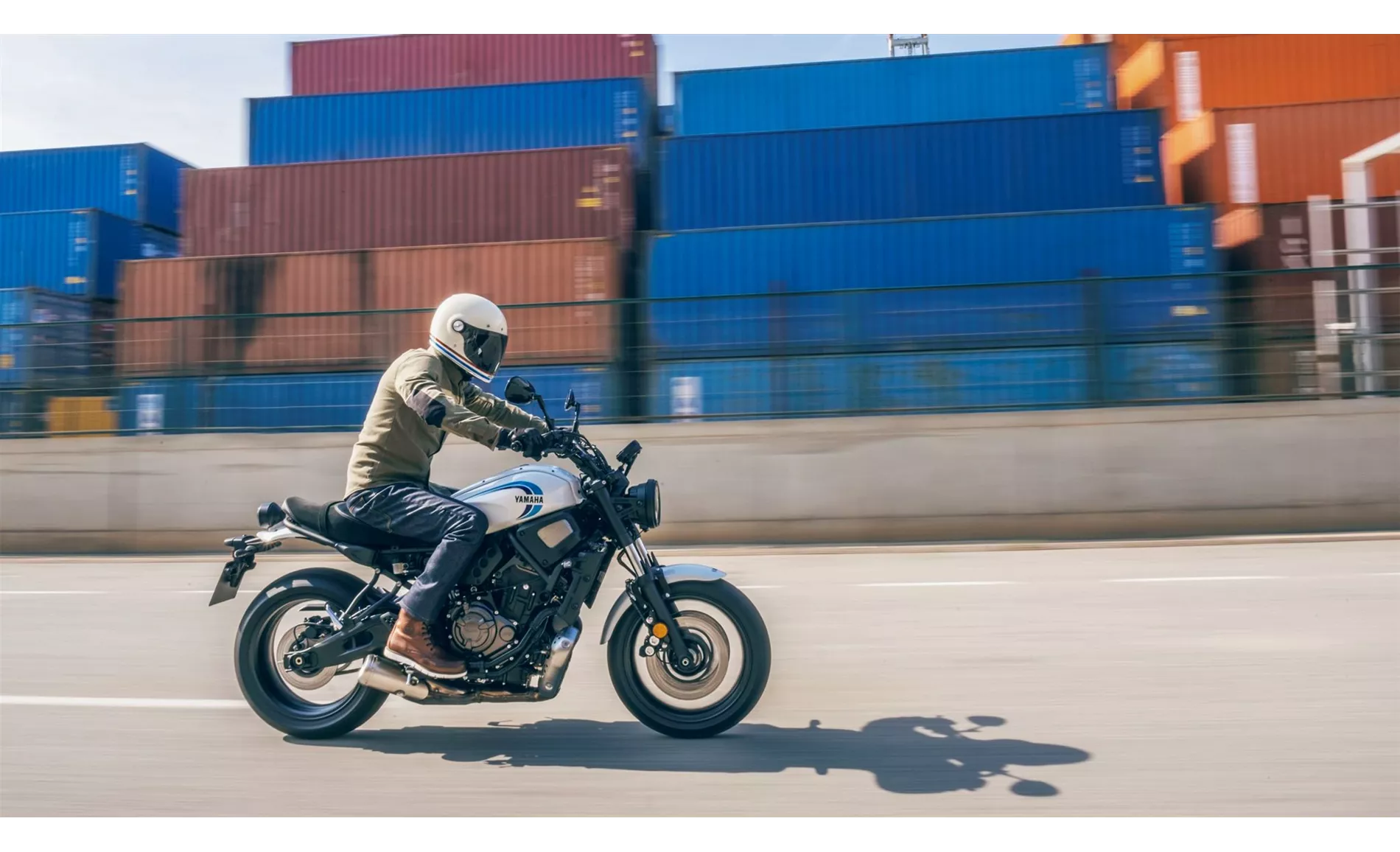
Yamaha XSR700 2022
Moving on to the Moto Guzzi V9 Bobber 2018, it stands out with its cool and authentic appearance. The bike is powered by a V-type engine that delivers 55 HP of power and 62 Nm of torque. Like the XSR700, it has an injection-based fuel system and a 2-cylinder configuration. The engine is cooled by an oil-air system and has a displacement of 853ccm.
The suspension setup of the V9 Bobber includes a telescopic fork at the front and a swing arm with a monoshock at the rear. The frame is also made of steel, ensuring robustness and stability. The braking system features a single disk brake at the front with a diameter of 320 mm and four pistons for precise control. It also comes with ABS and traction control as advanced rider assistance systems, further enhancing safety.
In terms of dimensions and weights, the V9 Bobber has a front tire width of 130 mm and a diameter of 16 inches, while the rear tire has a width of 150 mm and a diameter of 16 inches. The wheelbase measures 1480 mm, and the seat height is 775 mm. The kerb weight, including ABS, is slightly higher than the XSR700 at 200 kg, and the fuel tank capacity is 15 liters.
Considering the strengths of the Yamaha XSR700 2022, it excels in design, with a successful blend of retro and modern elements. The CP2 engine is proven and reliable, providing a balance of power and torque. The seating position is comfortable, making it suitable for various riding situations. Overall, it is an all-rounder that performs well on the road.

Moto Guzzi V9 Bobber 2018
On the other hand, the Moto Guzzi V9 Bobber 2018 has its strengths in its cool and authentic appearance. The engine is cultivated and delivers decent power and torque. The braking system offers good control, and the ABS is inconspicuous. The addition of traction control enhances safety. Furthermore, the V9 Bobber is comparatively inexpensive and has a low-maintenance cardan drive.
However, the Yamaha XSR700 2022 does have some weaknesses. The display can be difficult to read, which may be a minor inconvenience for some riders. The chassis is relatively soft, which may affect the bike's performance in certain riding conditions. Additionally, the lean angle clearance is rather limited, potentially limiting the bike's agility in cornering.
As for the Moto Guzzi V9 Bobber 2018, its main weakness lies in the engine, which could be slightly stronger to provide more power and performance.
In conclusion, both the Yamaha XSR700 2022 and the Moto Guzzi V9 Bobber 2018 have their unique strengths and weaknesses. The XSR700 offers a successful design, a proven engine, and a comfortable seating position, making it suitable for various riding situations. On the other hand, the V9 Bobber stands out with its cool appearance, cultivated engine, and affordable price. Ultimately, the choice between the two will depend on the rider's preferences and priorities.
Technical Specifications Yamaha XSR700 2022 compared to Moto Guzzi V9 Bobber 2018
Pros and Cons in comparison
Pros and Cons in comparison
Yamaha XSR700 2022
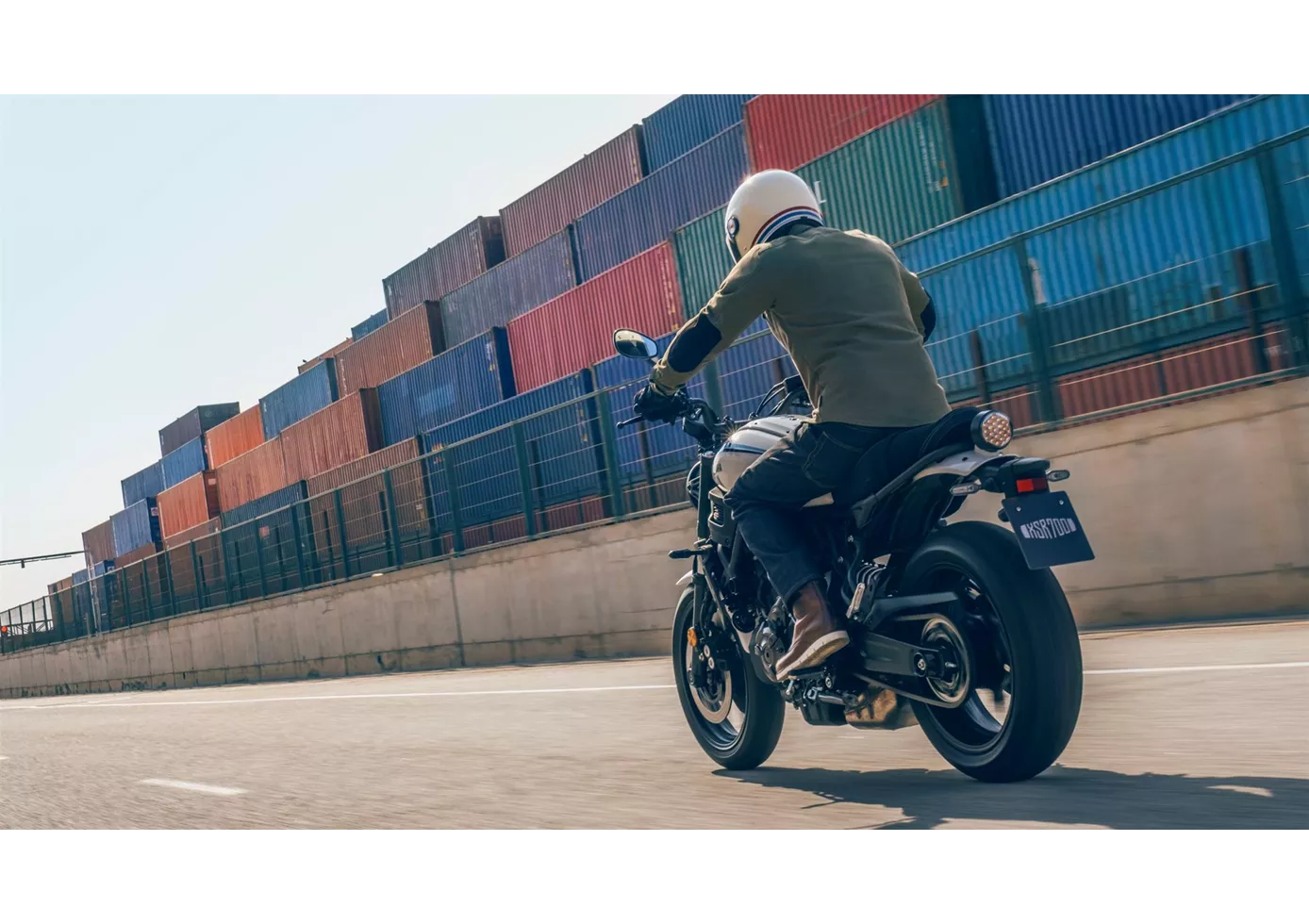
Can do everything but nothing well? A clear NO! The lively and agile retro bike with a sufficiently powerful engine can be a good all-rounder, which also looks good and tempts you to heat up the curves. Overall, the bike is fantastically manageable and sporty for me, even as a woman. The engine works better than expected and the seating position is more than comfortable. However, there is still room for improvement in terms of lean angle. I think that many people will continue to choose this bike because you simply can't go far wrong.
Moto Guzzi V9 Bobber 2018

The V9 Bobber is an absolutely authentic model - both as a Moto Guzzi and as a bobber. The typical longitudinally mounted V2 engine with its cylinders projecting upwards at an angle is proudly displayed and dominates the minimalist lines that should characterise a bobber. The small and wide front wheel is particularly successful, both visually and in tighter bends. With its 55 hp, the engine does not stand out too much from the V7 series, but thanks to the low weight of only 200 kilos, nothing stands in the way of a brisk ride. The seating position also corresponds to the bobber style - sporty and upright, you can enjoy the ride on the noble and therefore not so expensive machine.
Price Comparison Avarage Market Price Yamaha XSR700 vs Moto Guzzi V9 Bobber
There are a few key differences between a Yamaha XSR700 2022 and a Moto Guzzi V9 Bobber 2018. There are the same number of bikes of both models available on the 1000PS.de marketplace, specifically 92. It takes less time to sell a Yamaha XSR700 with 146 days compared to 159 days for a Moto Guzzi V9 Bobber. Since model year 2015 1000PS.de editors have written 26 reviews for the Yamaha XSR700 and 7 reviews for the Moto Guzzi V9 Bobber since model year 2016. The first review for the Yamaha XSR700 was published on 7/22/2015 and now has more than 13,700 views. This compares to more than 37,200 views for the first review on Moto Guzzi V9 Bobber published on 3/17/2016.
